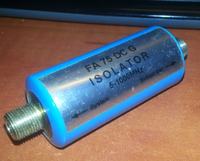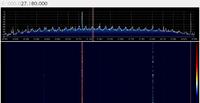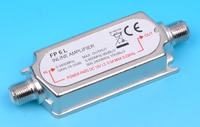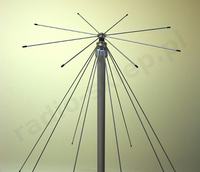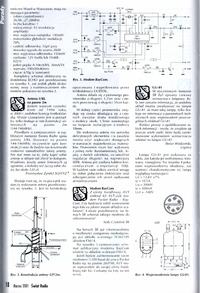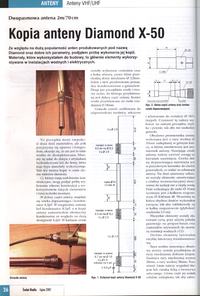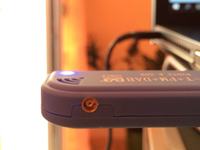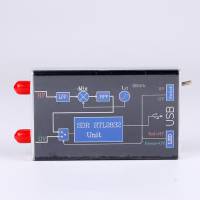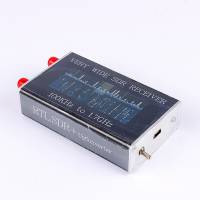You can drop a link to a specific model.
The ones I know are a system based on the same as the USB dongle or even a USB SDR dongle soldered in the PCB with a converter and low-pass filters on the KF plus the rest.
If it is this type of equipment and you are interested in the VHF itself, it makes no sense to pay extra for something that will not give you a better reception.
There are versions of the USB SDR receiver with better on-board temperature-stabilized quartz generators (TCXO), but for VHF it is also not that useful. Two three minutes after switching on, the receiver "flows" a bit, but even SSB is not a tragedy because it is enough to wait for it to heat up.
There are some patents to improve the reception of these receivers, reduce the amount of interference on reception, reduce noise levels, and that's what you should focus on.
Well, but as always, the most important and best amplifier is the appropriate ANTENNA




